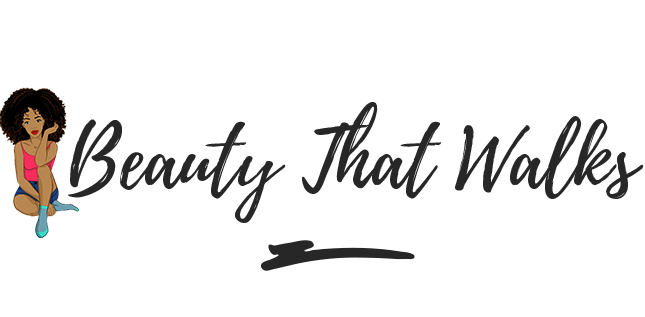There are multiple causes of pain and discomfort in the back, hips, shoulders, and neck. Poor posture is a common cause and can lead to muscle spasms and tension-type headaches, and migraines.
Photo by Karolina Grabowska from Pexels
In addition, people with poor posture due to lifestyle choices such as lack of exercise/activity; incorrect lifting techniques; prolonged static postures, e.g., sitting at a computer for an extensive period of time; or perhaps even playing certain sports such as rowing or tennis can be highly susceptible to fatigue in muscles which support the trunk region of the body.
The spine has natural curves; if these are not maintained correctly, they may begin to flatten, leading to abnormal pressure on spinal nerve roots, which supply nerves down into arms and legs called radiculopathy or nerve root pain.
Pain Due To Poor Posture
The following conditions may be experienced in the back if poor posture continues:
- Muscle spasms
- Joint stiffness
- Discomfort in the lower back, middle spine, and upper neck region
- Decreased range of motion.
Pain from degenerative disc disease is also more likely to occur with poor posture as more stress is placed on the intervertebral discs, i.e., between each vertebra of the spine. As a result, there will often be some degree of associated leg pain that may become worse over time, e.g., sciatica (pain radiating down into buttocks and legs) or rest pain (sharp, shooting pains in hips and thighs).
This can head to a vicious cycle where poor posture will cause pain, further reducing health and activity levels, leading to decreased physical activity; click snapcrack.com to learn more.
Another cause of muscle tension is stress which is often brought on from work life-related issues such as concern over job security or feeling undervalued by colleagues. The inappropriate ergonomic environment at home or work can also be a source of stress as if equipment/surroundings are uncomfortable; it can lead to feelings of anxiety and depression, which in turn may cause increased physical tension throughout the body leading to headaches and migraines, eye, jaw pain or a tight sensation in the chest.
Ways To Ease The Pain
Professional Care
The use of a stabilizer belt can be useful in managing pain and allowing time for muscles to strengthen gradually. A chiropractor who is well-trained in Chiropractic Care and musculoskeletal biomechanics can assist with this. In addition, they often recommend that ergonomically designed equipment such as office chairs and equipment for home or work is used where possible.
Back support belts
Back support belts may help at first, but long term, they can weaken back muscles if worn too much (it should feel like you are ‘holding yourself up’ when wearing it). Once the pain has been reduced by the aid of a back support belt, sufferers should try not to wear them too much, e.g., don’t wear them constantly, only when necessary, e.g., lifting something very heavy or sitting at a desk for long periods of time. If pain returns, wearing the belt too much again may mean the sufferer has lost awareness of their back muscles and needs to re-strengthen them.
Posture Correctors and Pillows
If you notice yourself slouching while typing or reading, look for products such as Posture Now or Good Posture!, which hold your shoulders back and head up. Also, try using a good supportive pillow with the right density and thickness to relieve neck tension and support your spine; sleep with a pillow under your knees if you tend to bend them upwards while sleeping on your back (this can lead to lower back pain).
